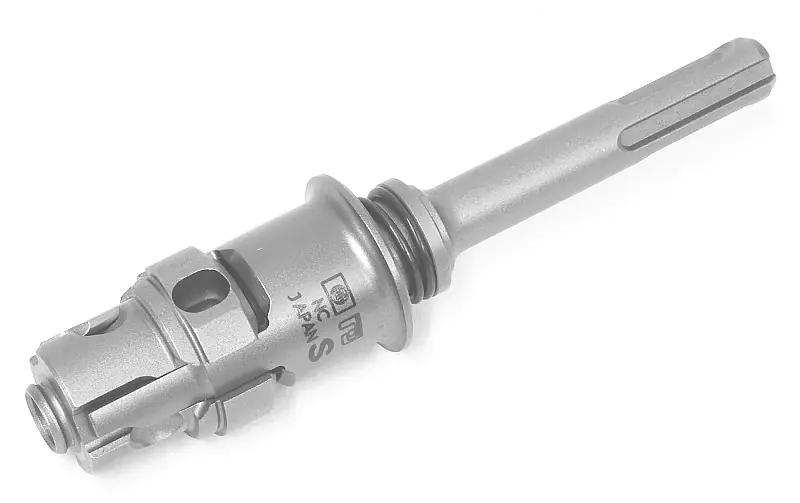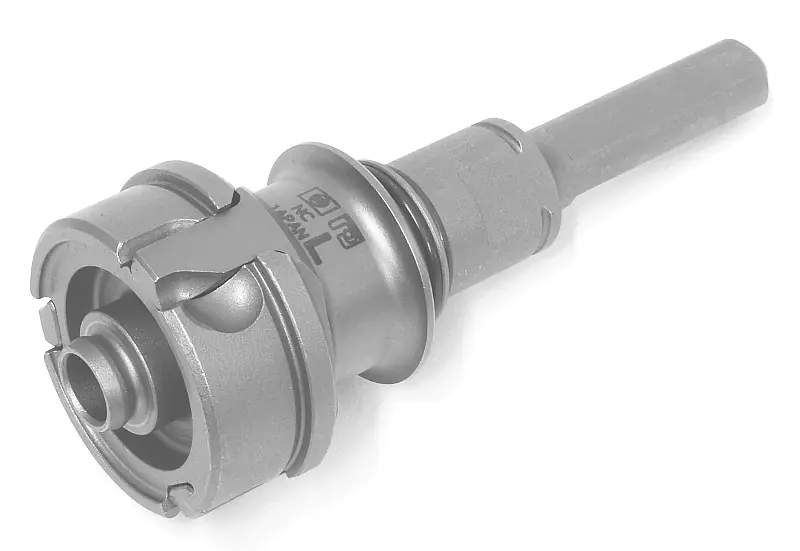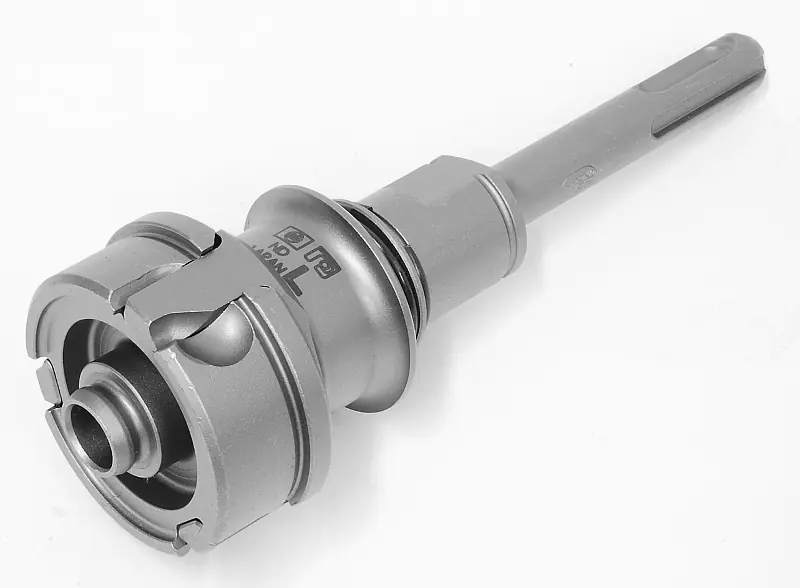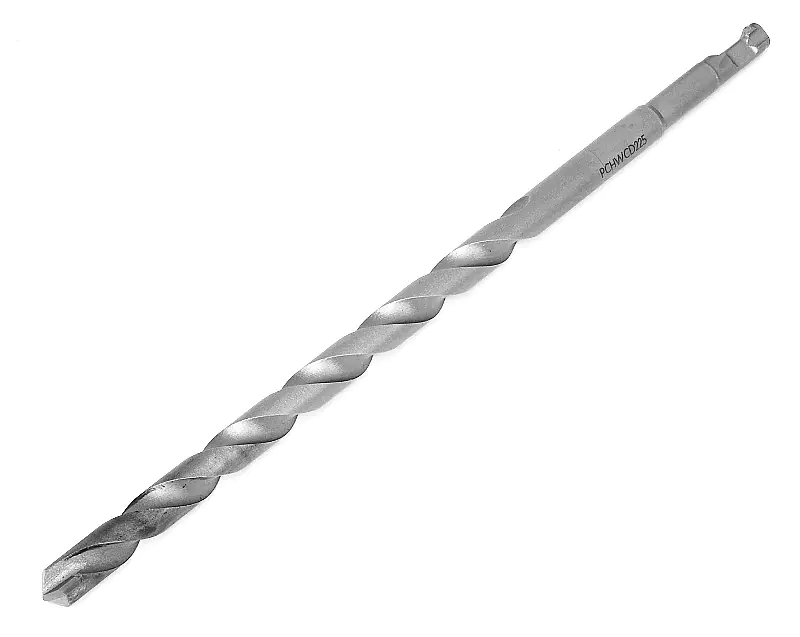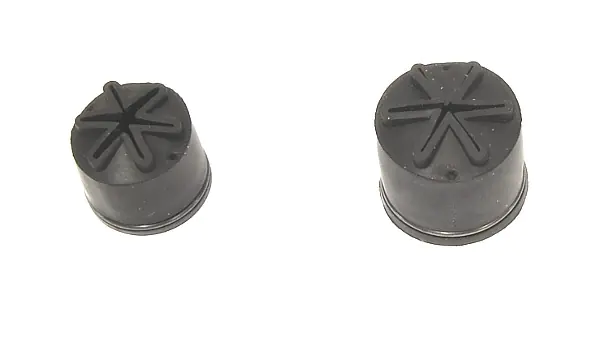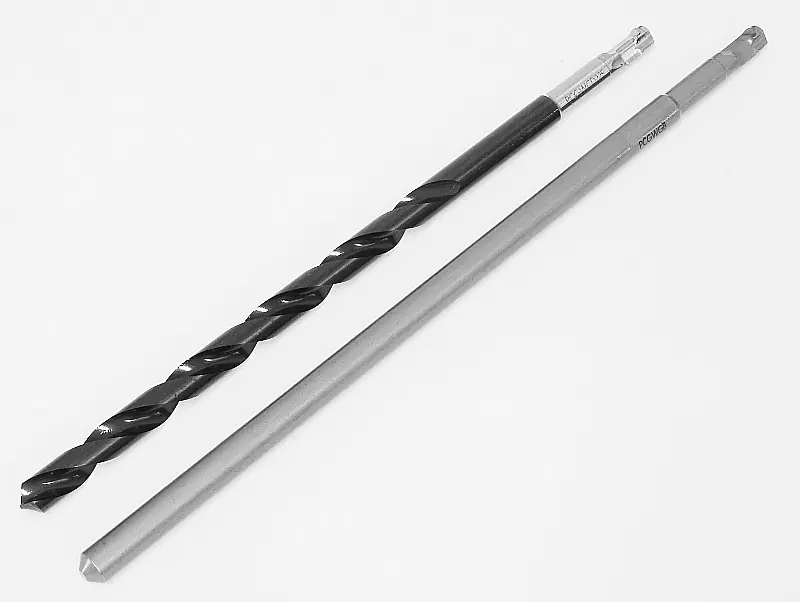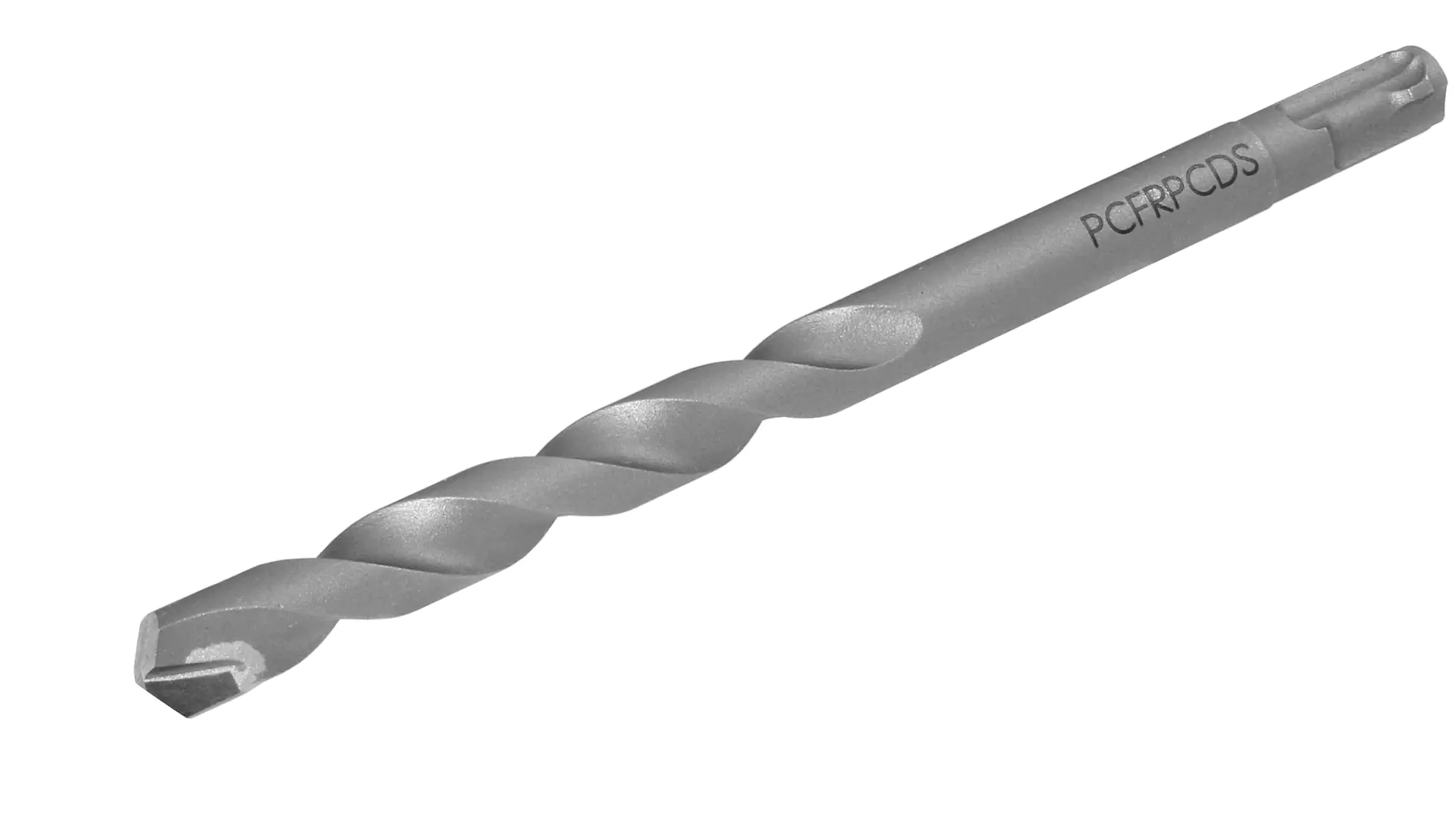February 27, 2025
Instructions - how to use our Tools
User manual for MIYANAGA Poly-Clic carbide hole saws
General Notes
Special Notes for Poly-Clic Galvawood Hole Saws
Special Notes for Poly-Clic Wooding Hole Saws
Usage
- These hole saws can be operated freehand with a strong drill using a pilot drill or guide pin. High torque can generate significant forces. Therefore, ensure a stable stance.
- Wear eye protection to prevent flying debris or chips from hitting your eyes.
- Hold the hole saw body firmly when removing it, as it may be ejected by the plug.
- Be aware that shortly after drilling, both the workpiece, debris, and the drill bit can be very hot and may burn your hand upon contact.
- Never use the drill in hammer mode, only in rotation mode.
- The holder for the pilot drill should be lubricated occasionally.
- Do not turn off the drill while drilling. The drill bit may get stuck.
- Unplug the power cord for tool changes.
Special Notes for Poly-Clic Galvawood Hole Saws
- Maximum drilling depth 130 mm in one go. Suitable for wood, plywood, particle board, MDF, polyvinyl pipes, fiberglass-reinforced plastics, composite materials.
- Not suitable for composite materials where the metal plates are thicker than 1 mm. (Use hole saw No. 378 - upon request)
- If the drill gets stuck while drilling in wood and does not continue to turn, pull the hole saw back. Then remove the pilot drill and continue drilling without it.
- Not suitable for hard ceramics or fine stoneware. (Use Poly-Clic Hyperdia hole saws for this - upon request)
| Recommended RPM for Galvawood Hole Saws | |
|---|---|
| Drill Size | min-1 |
| 25 - 45 mm | 800 - 1500 |
| 50 - 80 | 700 - 1100 |
| 85 - 220 | 500 - 1100 |
Special Notes for Poly-Clic Wooding Hole Saws
- Maximum drilling depth 60 mm in one operation, max. 130 mm in multiple operations. Suitable for wood, plywood, particle board, MDF, polyvinyl pipes, drywall, fiberglass-reinforced plastics, and various composite materials with metal or ceramic coatings.
- Not suitable for hard ceramics or fine stoneware. (Use Poly-Clic Hyperdia hole saws for this - upon request)
- Not suitable for aerated concrete (Use Poly-Clic ALC hole saws for this - upon request)
- Not suitable for metal coatings thicker than 0.5 mm (Use Poly-Clic Hybrid hole saws for this - upon request)
| Recommended RPM for Wooding Hole Saws | |
|---|---|
| Drill Size | min-1 |
| 25 - 45 mm | 800 - 1500 |
| 50 - 120 | 700 - 1100 |
| 130 - 220 | 500 - 1100 |
Usage
- Insert the holder into the drill chuck.
- Now insert the pilot drill into the holder (details below).
- Drill a pilot hole in the material before mounting the hole saw body. This prevents the hole saw body from suddenly striking the surface of the material when the pilot drill breaks through.
- Now mount the hole saw body (details below).
- Slide the guide plate over the pilot drill until it is positioned just behind the teeth of the hole saw.
Note: This only applies to long hole saws; short hole saws do not have a guide plate. - Initially drill slowly and with little pressure until the hole saw stabilizes itself by immersing into the material.
- When the hole is finished, pull the hole saw back while it is still rotating.
- If the core gets stuck, remove the hole saw from the shank. You will then have access from the side opposite the teeth and can push the core out towards the teeth with a rod.
Attaching the hole saw body to the holder
- Wear safety goggles!
- Remove jewelry, secure long hair
- Do not wear gloves - they can get caught in possibly rotating workpieces
- Secure the workpiece firmly, e.g., with a machine vice
- Do not leave the drill chuck key in the chuck
- Use a drill stand or bench drill wherever possible
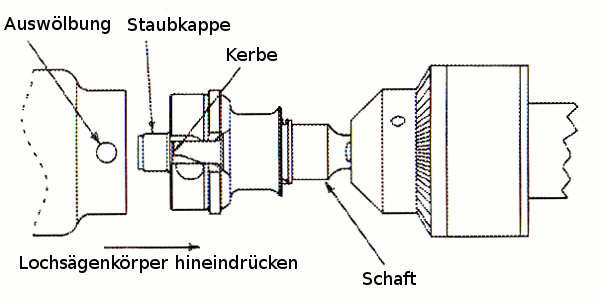
Press the hole saw body onto the holder and ensure that the protrusions of the hole saw body and the notches of the holder meet.
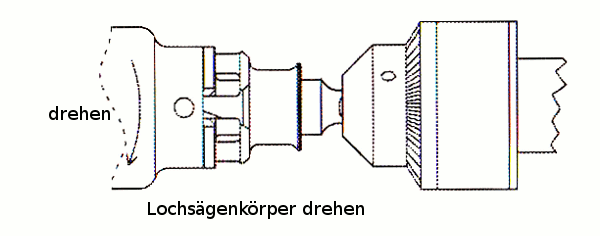
Turn the hole saw body slightly to the left after you have pushed it in all the way.
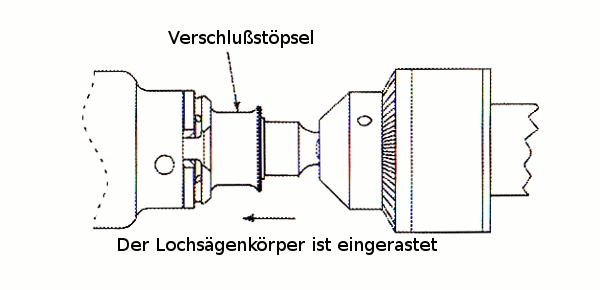
Separation of the hole saw body from the holder
Through the power of the spring in the holder, the closure plug shoots forward and locks the hole saw body in place, which is now held securely.
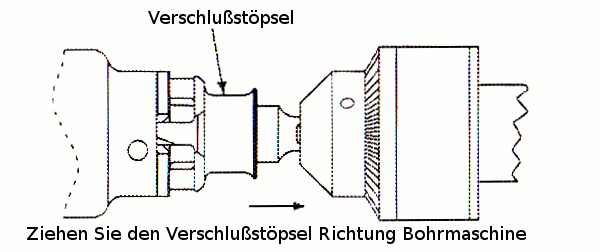
Pull the plug towards the drill and hold it in this position.
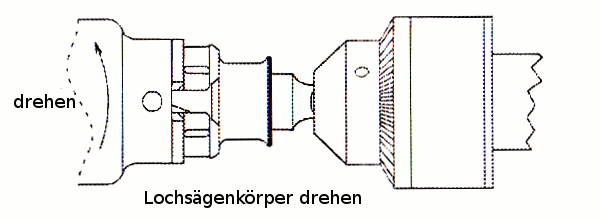
Turn the hole saw body slightly to the right until it stops.
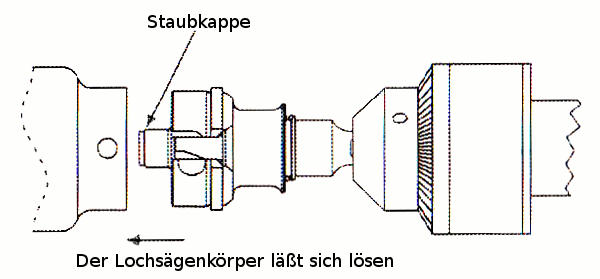
Attaching the pilot drill or guide pin to the holder
Now slowly release the locking plug and the hole saw body will detach from the holder. Do not release the locking plug suddenly, otherwise the hole saw body will be ejected!

Separation of the pilot drill or guide pin from the holder
Drücken Sie den Vorbohrer nach unten und drehen Sie ihn um ca. 90°. Wenn Sie zu stark drücken lässt er sich nicht drehen! Der Vorbohrer lässt sich nun herausziehen.
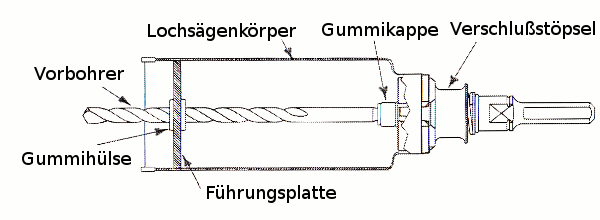
Function of dust cap and rubber sleeve
Press the pilot drill down and turn it by about 90°. If you press too hard, it won't turn! The pilot drill can now be pulled out.

The drill should always be used with a dust cap. The cap is slotted so that the pilot drill can be inserted. The dust cap is a wear part and can be purchased separately.



